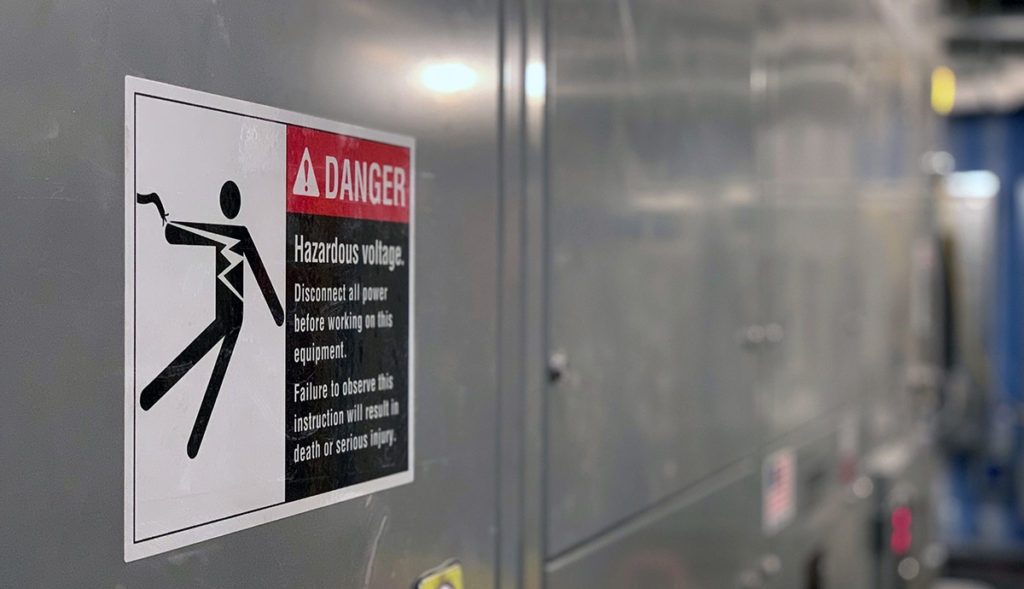
Companies best equipped to provide safe workplaces are the least likely to do so, because they benefit financially from forgoing the cost of enacting workplace safety practices, a recent study found. In some cases, companies with worker injury claims were more than 50% more likely to survive than their safer counterparts.
When it’s cheaper to pay nominal fines for violating workplace regulations than to provide safe workplaces, that indicates current safety regulations are not enough to protect workers, researchers say.
Oregon State University Public Health and Human Sciences associate professor Anthony Veltri was one of several authors on the study, an international collaboration between Mark Pagell, Mary Parkinson, Michalis Louis and Brian Fynes of University College Dublin in Ireland; John Gray of the Ohio State University in Columbus, Ohio; and Frank Wiengarten of Universitat Ramon Llull in Spain.
“Organizations that do not provide a safe workplace gain an economic advantage over those that do,” says Veltri, who studies occupational safety and health. “The goal of improving the longevity of a business conflicts with the goal of protecting the workforce.”
The study, published last week in the journal Management Science, looked at both short- and long-term survival of more than 100,000 Oregon-based organizations over a 25-year period. In this study, “survival” was defined as ongoing operations, even in the face of an ownership change.
Researchers determined whether a company provided a safe workplace by examining the company’s history of disabling claims, using data provided by the Oregon Department of Consumer Affairs. Disabling claims include those where a worker suffers a temporary disability that forces them to take at least three days off work, or where there is the expectation of a permanent disability. More costly claims stem from more severe incidents, and higher costs indicate more frequent or more severe claims.
Results from the study indicated that providing a safe workplace generally hindered organizational survival, as organizations with worker injury claims survived up to 56% longer than organizations with no claims. The effect was strongest among larger, older companies — those most likely to have the resources to invest in safety practices.
High claims costs were more likely to harm the survival of younger or smaller companies, or companies that are growing quickly. Thus they have a greater incentive to protect their workforce, but likely fewer resources to do so, the researchers said.
Companies with more than 100 employees and claims filed against them were more likely to survive compared with similar-sized companies without claims. That outcome holds until quarterly claims reach just over $9 million, a level that is unlikely to ever be reached.
Conversely, companies with fewer than 30 employees get no or minimal benefit from having claims relative to similar-sized companies without claims.
Despite the presence of regulatory bodies like the Occupational Safety and Health Administration (OSHA), “Our results imply that the regulations of a developed economy are not enough to incent the elimination of poor safety,” the study says.
The researchers suggest that future regulations need to be written and enforced to reward innovation that both improves worker safety and improves the business’s likelihood of survival.
While the dataset did not allow researchers to explain why having claims makes a business more likely to survive, it allowed them to refute the idea that improving worker safety improves profits.
Although there are businesses that provide safe workplaces and also improve their competitiveness, such businesses are not the norm, the study says. And while organizations seeking to maximize their survival are unlikely to harm workers on purpose, they are correct in calculating that the costs of preventing all harm to workers is higher than the cost of not doing so.